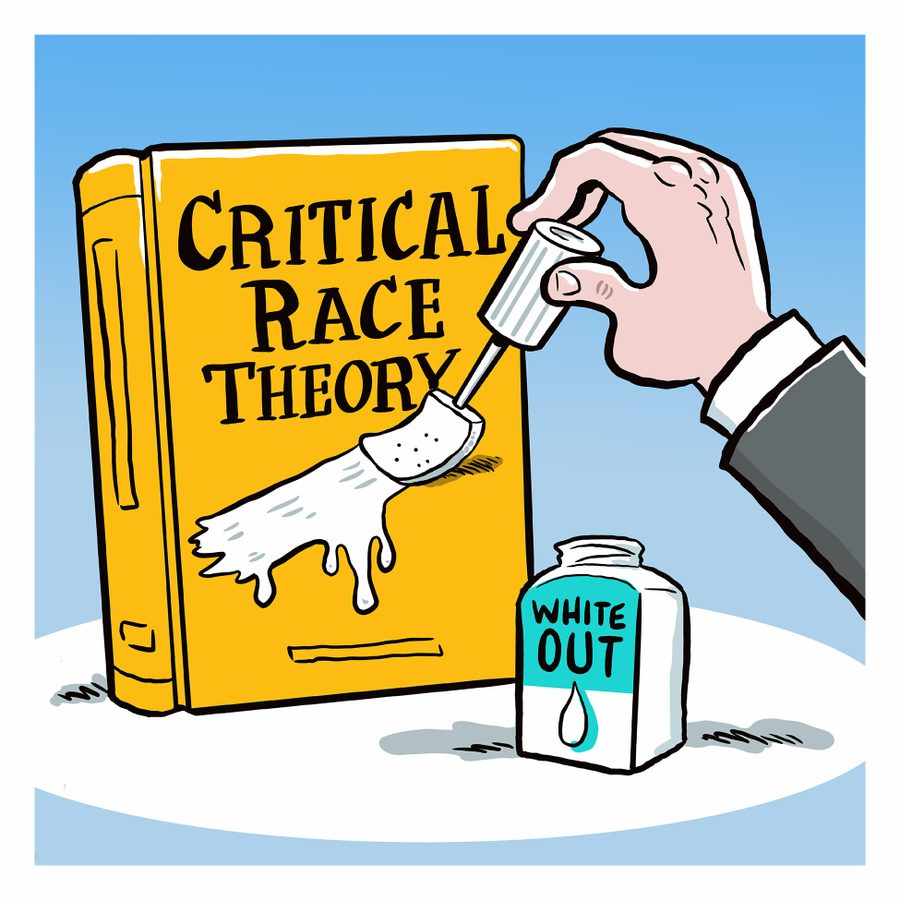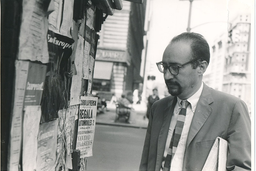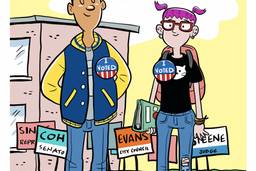Who's Afraid of Critical Race Theory?
Right-wing censorship efforts are reaching new heights with the push to erase any talk of racism from American classrooms.
In These Times Editors

crit•i•cal race the•o•ry
noun
1. An analytical framework to critique institutionalized white supremacy. Pioneered by legal scholars, critical race theory is continuously evolving but remains rooted in an ethical commitment to human liberation. The framework emphasizes that race is socially constructed and intersects with other identities, such as gender. Proponents seek to use scholarship to transform social structures.
“The commitment to free speech seems to dissipate when the people who are being gagged are folks who are demanding racial justice.” —Kimberlé Crenshaw, pioneering legal scholar
Where did critical race theory come from?
Critical race theory, or CRT, emerged in the 1980s among a group of legal scholars, including Kimberlé Crenshaw (also known for the related concept of “intersectionality”), to explain how racial subordination could persist within a system predicated on “equal rights.” They objected to the dominant academic and popular conception of racism: that it resulted from irrational bias that could be corrected by changing the beliefs and behaviors of individuals. Discrimination endures, Crenshaw wrote, due to the “stubborn endurance of the structures of white dominance” enmeshed in the American legal (and socioeconomic) system.
OK. So why has CRT suddenly become national news?
In a September 2020 memo, the Trump administration attacked CRT as “divisive, anti-American propaganda” and banned federal agencies from conducting racial sensitivity trainings. That kicked off the former administration’s full-frontal assault on the field of critical race theory, culminating with the release — on Martin Luther King Jr. Day! — of a “1776 Report” that erases the United States’ history of racism.
The Biden administration reversed Trump’s ban, but conservative lawmakers are pursuing similar measures at the state level. In Arkansas, a pair of bills introduced in January would cut funding for classes and activities promoting “social justice” for certain groups, specifically prohibiting curriculum using the New York Times’ “1619 Project.” The Times project, developed by reporter Nikole Hannah-Jones, re-examines the central role of slavery in U.S. history. (Republicans in Oklahoma and West Virginia have introduced similar legislation.)
In reality, how widespread is CRT?
You may be surprised to learn our former president was exaggerating its prevalence. While a new right-wing website, CriticalRace.org, “reveals” more than 200 universities that offer courses engaging with CRT and urges parents to defend their children from “indoctrination,” many primary schools still teach that Columbus “discovered” America, the American Revolution secured “inalienable rights” for all Americans and the civil rights movement solved racial inequality. In reality, this is just the latest in a long history of attacks on any attempts to discuss racism in K-12 and higher education curriculum.
This is part of “The Big Idea,” a monthly series offering brief introductions to progressive theories, policies, tools and strategies that can help us envision a world beyond capitalism. For recent In These Times coverage of race, see, The Movement For Black Lives Has Been Waiting For This Moment, Rev. William Barber: The Fight for a $15 Minimum Wage Is a Fight for Racial Justice, and Violence Against Asian Women Workers Is All-American.

I hope you found this article important. Before you leave, I want to ask you to consider supporting our work with a donation. In These Times needs readers like you to help sustain our mission. We don’t depend on—or want—corporate advertising or deep-pocketed billionaires to fund our journalism. We’re supported by you, the reader, so we can focus on covering the issues that matter most to the progressive movement without fear or compromise.
Our work isn’t hidden behind a paywall because of people like you who support our journalism. We want to keep it that way. If you value the work we do and the movements we cover, please consider donating to In These Times.







